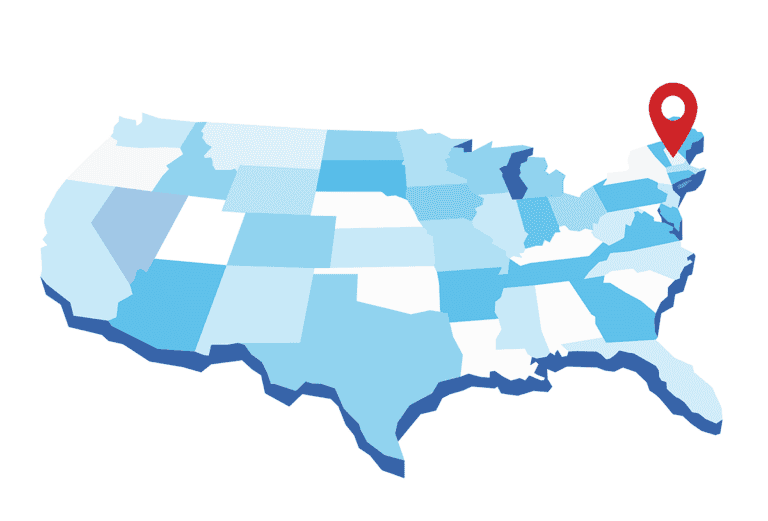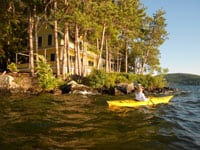
For some it is a weekend getaway, for others, a permanent year-round residence or semi-retirement home.
During my 36-year career in real estate I’ve often found we are motivated by fond childhood memories of vacationing at a lake or ocean cottage. The sounds of waves lapping gently at the shoreline of a lake or the chilling call of a loon and days spent on the water—reminders of our early years at the lake.
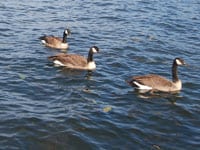
There are so many choices: lakes, ocean, ski resort, or golf course. So many clients have commented over the years the #1 reason they selected the Lakes Region was pure location. They found they got the best year-round value for their money to enjoy all 4 seasons. Sure, everyone loves the ocean. But what do you do during the winter months? You can’t ski, snowboard, cross-country ski, snowmobile, or ice fish at the ocean. What about boating, water-skiing, kayaking, and swimming. It’s simply a lot harder and colder at the ocean and not as “user friendly” as the lake.
Here’s the answer:
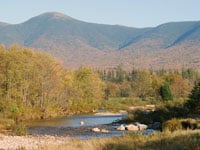
So now that you’ve defined your search for a lake house, what’s the next step?
- Decide the distance. How far from your primary home?
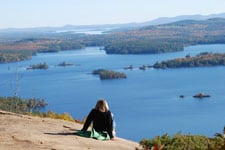
The consensus is that a 2-3 hour drive from home seems manageable. If you purchase something 6-8 hours away will family and friends use it as well? So driving distance and traffic concerns must be considered for others. How close is the nearest airport and how’s the schedule look for incoming flights? Manchester NH Airport is so convenient and easy to use. For private planes Laconia/Gilford Airport is perfect.
- What size lake is important?
If you’re an avid boater and love exploring different towns, islands, and restaurants a lake the size of Winnipesaukee offers more variety and places to visit than a 300-1,000 acre lake. For others, the peacefulness, tranquility,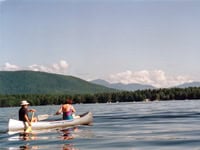
In addition to Lake Winnipesaukee there are 273 lakes, ponds, and rivers to enjoy in NH’s “Lakes Region.” www.RocheRealty.com is a great resource to start your search…Simply click “NH Lakes” for photos, lake statistics, and listings to provide you with a great overview, from 79 acre scenic ponds to the “Big Lake” with 44,568 acres and 274 islands.
- Find an agent who “knows” the lakes intimately.
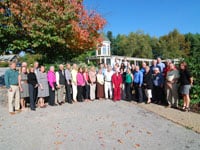
There are so many things to consider when preparing to buy a lake house in the Lakes Region, such as:
- What type of boat traffic?
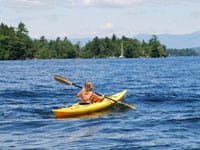
- Research nearby amenities.
Are there any marinas nearby? What if my boat breaks down or I need gas? Can friends find a nearby launch for their boats? How close is the nearest supermarket, convenience store, gas 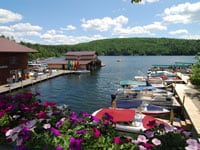
- Lake/boating regulations.
Speed limits on the lake? Horsepower restrictions? Are Jet Skis allowed? No wake zones? Will bridges limit sailboats? Water-skiing regulations? Dock size regulations? Are breakwaters allowed? Can you install a “perched beach”? Setback requirements and tree-cutting to conform to the NH Shoreland Protection Act? All of this information is helpful to make an informed real estate decision.
- Understand the difference between “Lakefront” and “Water Access Communities”.
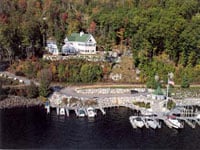
Post written by Frank Roche, President, Roche Realty Group, Inc.
A few more things to research before you settle on your dream lake home:
- Fishermen—know your lakes!
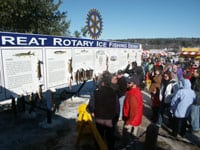
Visit the Fish and Game website (www.wildlife.state.nh.us), visit local bait and tackle stores, talk with the locals. All of the lakes are different. Lake salmon, rainbow trout, small mouth bass, brook trout, perch—there are so many “special spots” how do you find them on the charts? How about fishing derbies and ice fishing derbies as well as bass tournaments. Which lakes and when are they held? Also, who stocks the lake with fish and when?
- Understand water depths.
Be informed and understand the difference between a gradual sandy beach or a drop off of 20 ft. right from the shoreline. What’s important: young children on a gradual sandy beach or teenagers who love to “dive in” to deeper water? Will a mooring accommodate your sailboat? Are there many rocks or outcroppings in the immediate area? How safe is the docking from the “prevailing wind”? Will a stone breakwater be necessary for safe docking while you’re away? How about boat lifts? Will access to your dock be difficult because of shallow rocks? Will you need a dredge permit? Try out the water front before you sign on the dotted line and see what the bottom feels like. Is it deep enough? I’ve had clients use an ice auger in the middle of the winter and drill a hole in the ice to see the depths and if it was a sandy bottom.
- Research water quality and aquatic plant growth.
All lakes are different. Winnipesaukee’s deepest spot is 215 ft. Crescent Lake’s deepest spot is 15 ft. Millfoil and other invasive lake plant species can be found on many lakes and especially in shallow coves where there’s a lot of 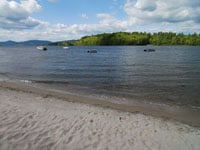
- Don’t purchase a boat before your home!
I’ve seen some over anxious clients make this mistake. 1st Pick a lake that fits your lifestyle. There are 10 horsepower limitations on some small ponds and lakes. Pontoon boats are popular on some lakes, while 23-28 ft. boats and cabin cruisers might be preferred on larger/rougher lakes. Know the maximum size boat your dock will accommodate. Also check the permitting of the dock or mooring. Modifications or enlargement of the docking system made without obtaining the necessary local and state permits at the wetlands board—you don’t want to find out after the fact. Do your due diligence 1st with a qualified Realtor®.
- Understand the difference between southwesterly exposure and northern or eastern exposure.
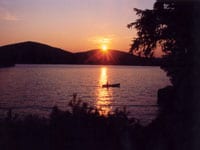
In summary, rely on the experience of a professional Realtor® who specializes in the sale of all types of lake properties. At Roche Realty Group our professional Realtors® will make the process as effortless as possible with the ultimate goal your satisfaction. Let us help you make your lifetime dream become a reality. Enjoy those sunrises and sunsets, loon calls, gentle breezes, and the lapping of the crystal clear water with your family in this cherished lake environment.
Post written by Frank Roche, President, Roche Realty Group, Inc.
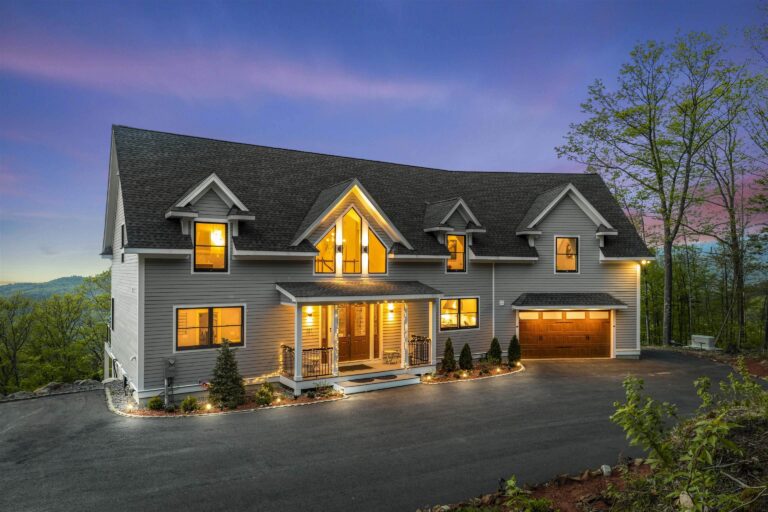


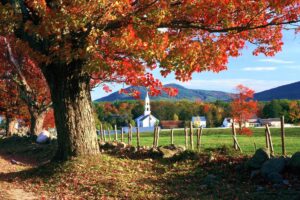


 Remember your first home? Whether it was a freshly painted rental or your first investment in real estate, walking into your new space full of promise and possibility was an exciting..
Remember your first home? Whether it was a freshly painted rental or your first investment in real estate, walking into your new space full of promise and possibility was an exciting..